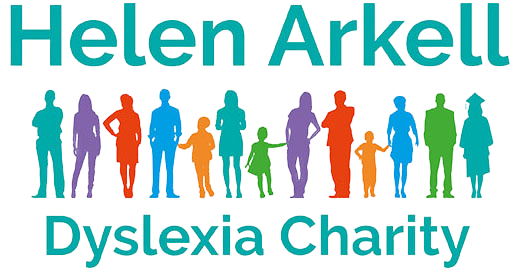Articles written by members of the Helen Arkell Dyslexia Charity team covering dyslexia, other specific learning difficulties, neurodiversity and related issues.
Dyslexia Awareness Week 2022
Monday 3 October to Sunday 9 October
Dyslexia Awareness Week is an opportunity to build understanding of dyslexia, highlighting both the strengths and challenges it may bring.
We’d love you to join our events during the week or why not get involved at home, school or work.
Join in
A Big Bowl of Self-Esteem – practical strategies to improve self-esteem in learners with Specific Learning Difficulties
Free Webinar with Claire Harvey – Head of Education.
Monday 3 October, 19:00 – 20:00 hours.
Watch the recording of this webinar here.
Spotlight – supporting children at home with reading during the pandemic
With Dr Anna Tsakalaki – Lecturer in Education at the University of Reading.
Thursday 6 October, 13.00 to 14.30 hours.
Tickets £15.
Find out more and book your place here.
Get involved
You can get involved in Dyslexia Awareness Week in a number of ways:
- Fundraise for the charity, at school, at work or as an individual. You could do a bake sale, run a sponsored challenge, hold a mufti day, put on a quiz or hold a film night. There are more ideas here.
- Encourage discussion about dyslexia in your workplace. You could even book a Lunch & Learn session.
- If you work at school, why not book an in-service session about dyslexia awareness or join the Supporting Learners with Dyslexia course.
- Take part in the events we put on during the week.

Keep up to date
Check back here for updates on our Dyslexia Awareness Week plans or sign up for our e-newsletter here.













